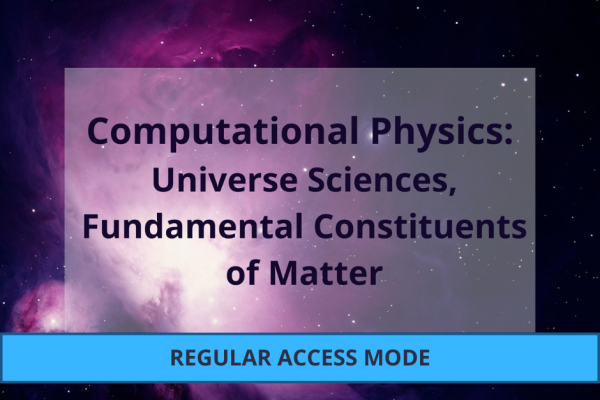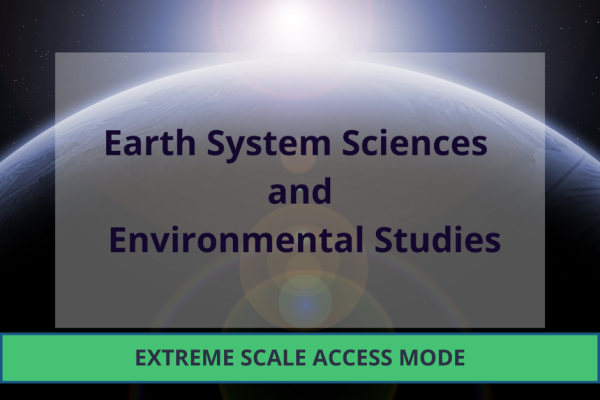Filter by
Awarded Projects (325)
RSS
Atomic nuclei constitute more than 99% of visible matter. Thus, an accurate description of nuclear systems is central to our understanding of the universe.

This project focuses on investigating the fundamental aspects of hydrogen turbulent combustion.

This proposal will contribute to building two European Storm-Resolving Earth System Models (SR-ESMs), applying them to study the Earth system and answering important open questions about how its climate will change over the next decades.

The primary challenge is to obtain an accurate impact rate for the last 1 Gyr of evolution due to substantial particle loss. We are further challenged by the duration of the simulations versus that of the project.

Climate change and pollution urge the aeronautical sector to reduce its environmental footprint.

This project proposes novel methods leveraging multi-modality and foundation models to correct SpT data for unwanted sources of variation while preserving the biological signal and at adapting downstream analyses including adapting differential gene expression analysis (DGE) to newly corrected data.

Olfactory receptors (ORs) are the largest subfamily of G-protein-coupled receptors (GPCRs). ORs evolved to interact with the outside world by detecting volatile molecules called odorants.

This project aims to develop novel methods for adapting language content across cultures, framing cultural adaptation—a key concept from translation studies—as a central task in AI.

Intermolecular electron and energy transfer plays a fundamental role in organic solar cells, which have practical advantages over silicon-based cells but still have to catch up in efficiency.

The prebiotic origin of the chemical complexity found on Earth nowadays is a matter of debate in the astrochemical community. In the interstellar medium (ISM), huge molecular clouds mainly composed by atomic species and dust grains, provide the factory for ignition of chemical processes.